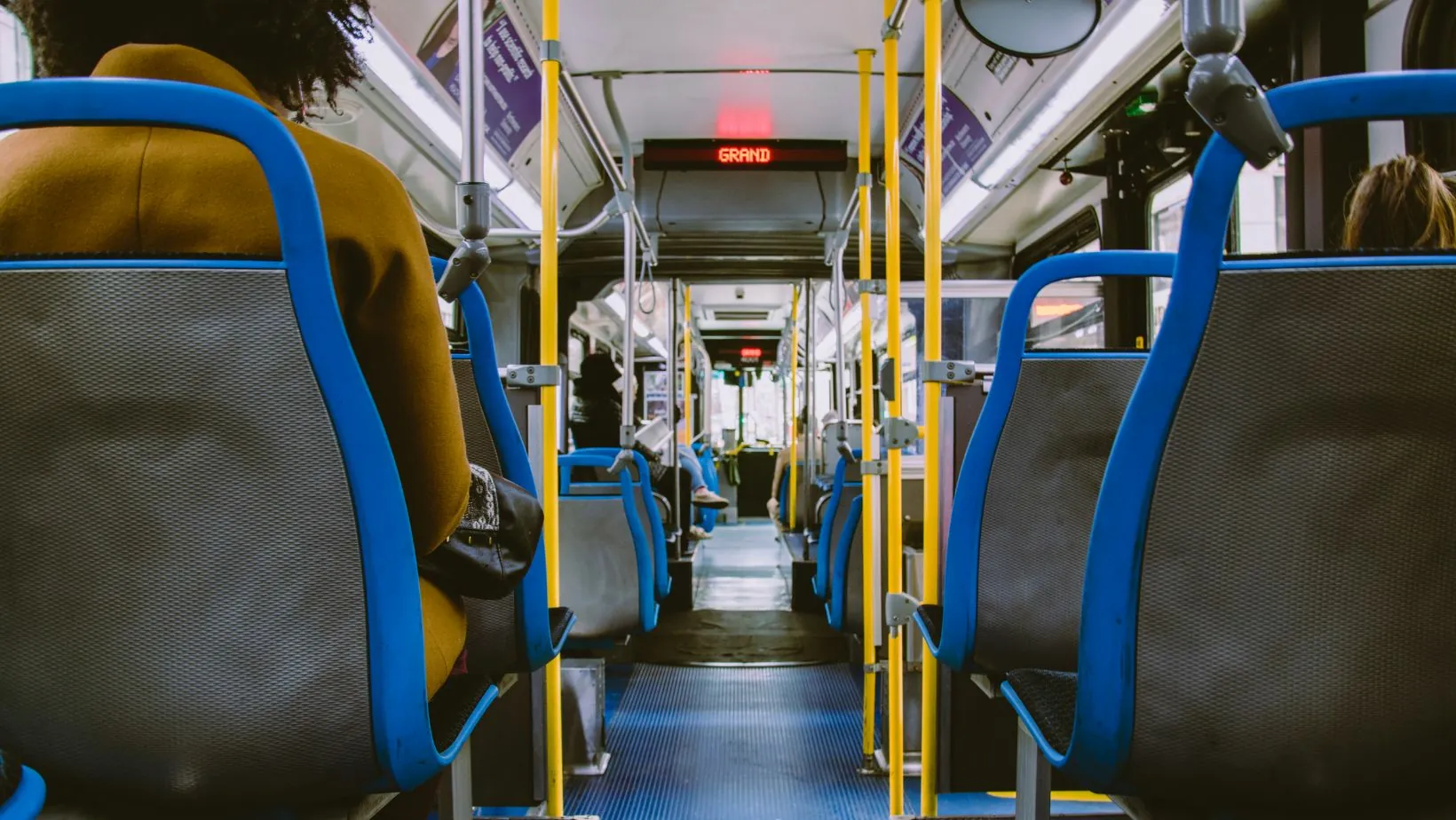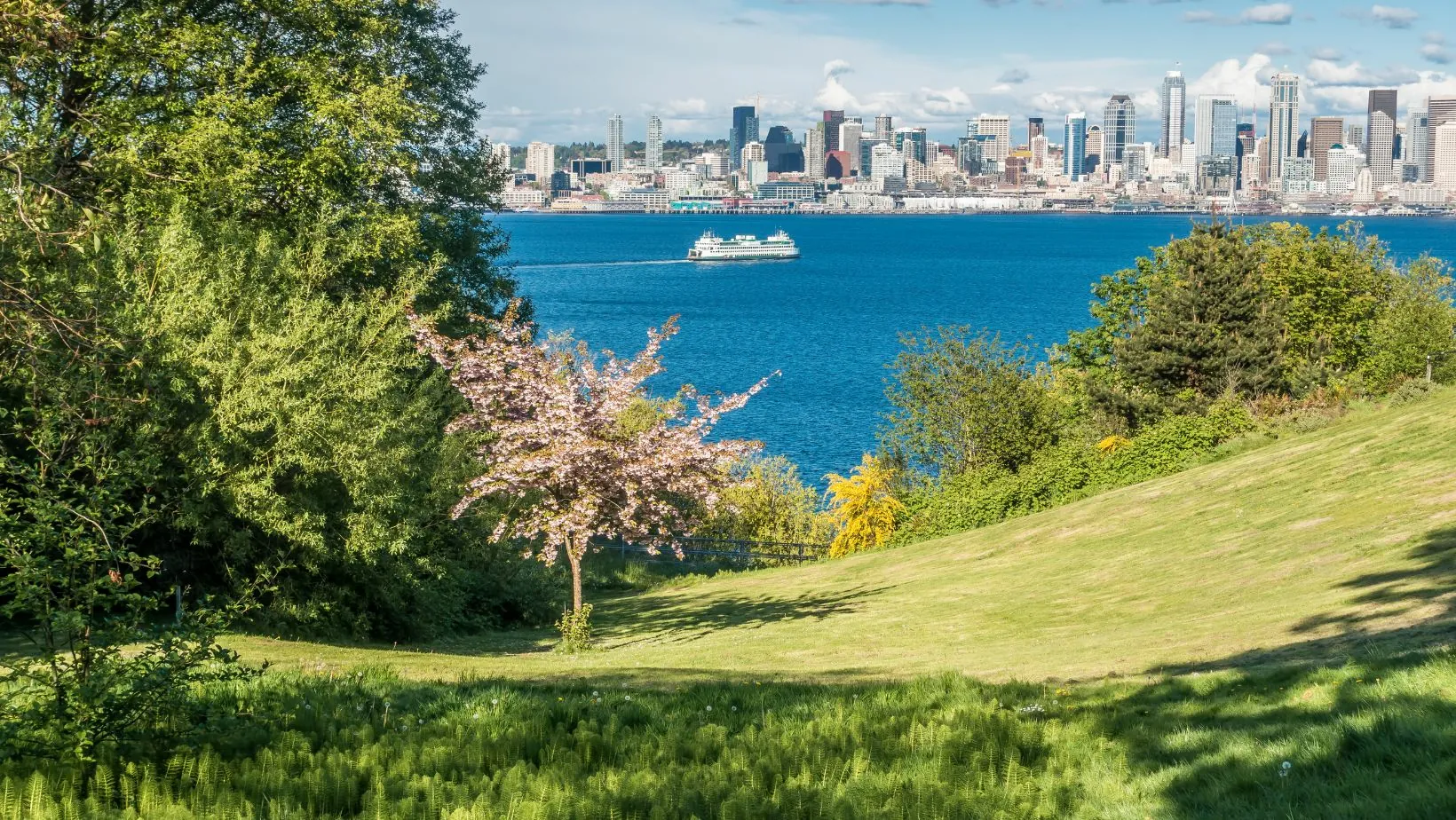You’re drawn to West Seattle. You’ve pictured the sunsets over Alki Beach, imagined strolling through the vibrant Junction on a Sunday, and felt the unique pull of its “city within a city” charm. But there’s a whisper, a persistent question that makes you pause: what about the commute?
This isn’t just another basic overview. This is an unvarnished look at the daily realities, insider tips, and surprising perks of getting to and from this beloved peninsula. We’re going to peel back the curtain on the traffic reports and transit schedules to give you the real story.
Choosing where to live is always a balance of lifestyle and logistics. Before we dive deep into the daily realities of getting to and from the peninsula, it’s worth remembering what makes the journey worthwhile. The unique character of West Seattle, with its distinct pockets and stunning views, is a major draw for a reason. To truly understand why so many people choose to make West Seattle their home, you can explore here what makes living in West Seattle so special.
Table of Contents
ToggleKey Takeaways: Your Quick Guide to West Seattle Commuting
- Driving is common but highly variable: Prepare for unpredictable traffic. The West Seattle Bridge is the pivotal artery, and its status dictates your day.
- Public transit offers reliable alternatives: The bus and the scenic water taxi each have distinct advantages and drawbacks, offering dependable ways to bypass the drive.
- Commuting patterns are shifting: Post-pandemic life means roads and transit are getting busier, making flexibility and real-time information more crucial than ever.
- The future is bright: The long-term plan for a Light Rail extension promises to fundamentally transform West Seattle’s connectivity for the better.
The Commute Reality Check: A Realistic Breakdown of Your Options
When exploring West Seattle homes for sale, buyers can feel confident knowing the neighborhood offers both lifestyle benefits and practical commuting choices. From scenic views and diverse home styles to convenient access routes into the city, the area combines comfort with connectivity—making it a standout option for long-term living.
The “best” way to commute from West Seattle depends entirely on your specific location, your final destination, and your personal priorities for time, cost, and comfort. Let’s break down what you can actually expect from each option.
The Drive: The Default for Most
The Good: The advantage of driving from West Seattle to downtown is the flexibility it provides. On a clear day without major incidents, the trip can be as quick as 15–20 minutes. Having your own vehicle makes it easier to handle school drop-offs, run errands, or adjust to a changing work schedule—giving residents the independence and convenience many buyers value when choosing to live in the area.
The Bad (The Reality): The West Seattle Bridge is both your lifeline and your biggest bottleneck. A minor fender-bender during peak hours can easily stretch a 20-minute drive into an hour-long crawl. Then there’s the high cost and scarcity of downtown parking, which adds another layer of stress and expense to the daily routine. It’s no surprise that understanding traffic patterns is so critical when, according to the University of Washington’s 2022 Seattle Commute Survey, driving alone remains the dominant mode of commuting outside the city center—more than twice as common as in downtown Seattle, where only 21% of workers drive alone (University of Washington).
Best For: Living in West Seattle is flexible, and having a car makes daily life even easier. It’s a practical choice for reaching workplaces beyond the main transit lines, handling variable schedules, and managing family responsibilities with less stress.
The Bus: The Practical Workhorse

The Good: The RapidRide C Line is the backbone of West Seattle’s public transit. It’s frequent, affordable, and utilizes dedicated bus lanes to bypass some of the worst traffic congestion. It offers you the chance to reclaim your commute time—catch up on emails, read a book, or just relax and listen to a podcast.
The Bad (The Reality): During peak hours, buses can get crowded. Depending on your final destination, you might need to make a transfer, adding time to your trip. And every regular rider has experienced “bus bunching”—waiting 15 minutes for a bus, only for three to arrive at once.
Insider Tip: Your phone is your best friend. Real-time transit apps like OneBusAway are non-negotiable for tracking bus locations and avoiding long waits. Over time, you’ll also learn about less-trafficked alternative routes that can save you time on particularly busy days.
Best For: Commuters headed directly to downtown Seattle who live near a major bus stop and prefer a predictable, low-cost, and environmentally friendly daily routine.
The Water Taxi: The Scenic Secret Weapon
The Good: This is West Seattle’s best-kept secret. It’s a 15-minute, genuinely stress-free ride that offers spectacular, postcard-worthy views of the Seattle skyline, Mount Rainier, and Puget Sound. Many residents swear it’s the fastest and, without a doubt, the most pleasant way to reach downtown.
The Bad (The Reality): The schedule is more limited than the bus, especially on weekends and in the evenings, so it’s not ideal for those who work late. The biggest challenge is the “last mile”—once you dock downtown, you still need to get to your office, which might mean using a free shuttle, hopping on a bike, or taking a brisk walk.
Data Point: The water taxi can feel like a hidden gem, even for locals. According to King County Metro, the ride across Elliott Bay takes only about 10–15 minutes between downtown Seattle and West Seattle (King County Metro). For many new residents, discovering this option truly feels like uncovering a secret shortcut.
Best For: Individuals working in Pioneer Square or along the waterfront who appreciate a beautiful, calming start and end to their workday and don’t mind planning around a fixed schedule.
The “Nobody Tells You” Truths About the West Seattle Commute
Beyond the timetables and traffic apps, there’s an experiential reality to commuting from the peninsula that you only learn by doing it. Here are the things we hear most often.
- The Psychological Weight of the Bridge: It’s not just about the potential for traffic delays. It’s the low-level, background anxiety about the possibility of an accident, emergency maintenance, or a major closure. Successful West Seattle commuters always have a flexible backup plan in mind, whether it’s the water taxi, a different bus route, or the ability to work from home.
- The Power of Timing: As local experts, what we often hear from our clients is that your departure time is everything. Leaving just 15 minutes earlier or later than the absolute peak of rush hour can drastically reduce your commute duration, especially if you’re driving. You quickly learn the specific windows to avoid.
- The “Return to Office” Effect: The quiet roads of 2020 are a distant memory. As more companies call employees back to the office, commuting patterns are reverting to pre-pandemic norms, leading to increased congestion. This isn’t just a feeling; it’s backed by data. As the 2024 Commute Seattle Survey finds, “…both transit travel and drive-alone trips are on the rise as remote working drops… Transit use is up 3%, and drive-alone trips rose 6%.” This means the roads and public transit are getting busier again, and planning is paramount.
- The Ferry is a Community: This is a unique and wonderful perk. Unlike the anonymity of being in your car or on a crowded bus, the water taxi fosters a unique sense of camaraderie. You start to see the same familiar faces every day, sharing a nod or a quick hello. It transforms a mundane commute into a friendly, shared daily ritual.
The Future is Coming: Light Rail and What’s Next
While there are certainly challenges today, it’s crucial to know that the city is actively investing in long-term solutions to enhance connectivity and ease the burden on West Seattle commuters.
The big game-changer on the horizon is the planned Sound Transit Light Rail extension to West Seattle, expected by the 2030s. This will be transformative, offering a high-capacity, weather-proof, and incredibly reliable transit option that will connect the peninsula to the rest of the region like never before. This massive infrastructure investment is poised to have a significant positive impact on both daily commute times and long-term property values.
In the shorter term, the city continues to make improvements, from enhancing bus rapid transit corridors to ongoing bridge maintenance, all aimed at improving the daily flow of travel.
Conclusion: Is the West Seattle Commute Worth It?
Commuting from West Seattle isn’t without its challenges. It demands planning, a little extra patience, and the adaptability to switch from your primary plan to a backup when needed. It’s a trade-off, plain and simple.
But for countless residents, the benefits of that trade-off far outweigh the logistical considerations. The payoff is a life in a vibrant, community-focused neighborhood with unparalleled natural beauty, distinct local hubs like Alki and the Junction, and a treasured feeling of being a peaceful “city within a city.”




